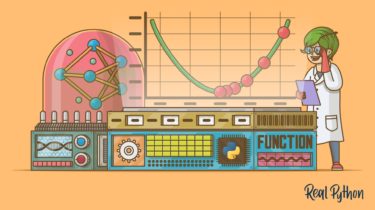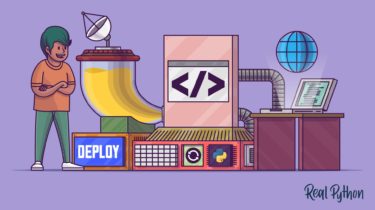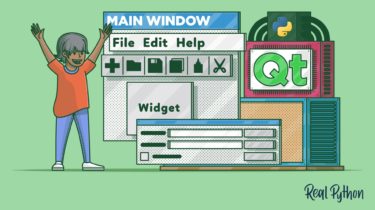Serializing Objects With the Python pickle Module
As a developer, you may sometimes need to send complex object hierarchies over a network or save the internal state of your objects to a disk or database for later use. To accomplish this, you can use a process called serialization, which is fully supported by the standard library thanks to the Python pickle module. In this course, you’ll learn: What it means to serialize and deserialize an object Which modules you can use to serialize objects in Python Which […]
Read more

